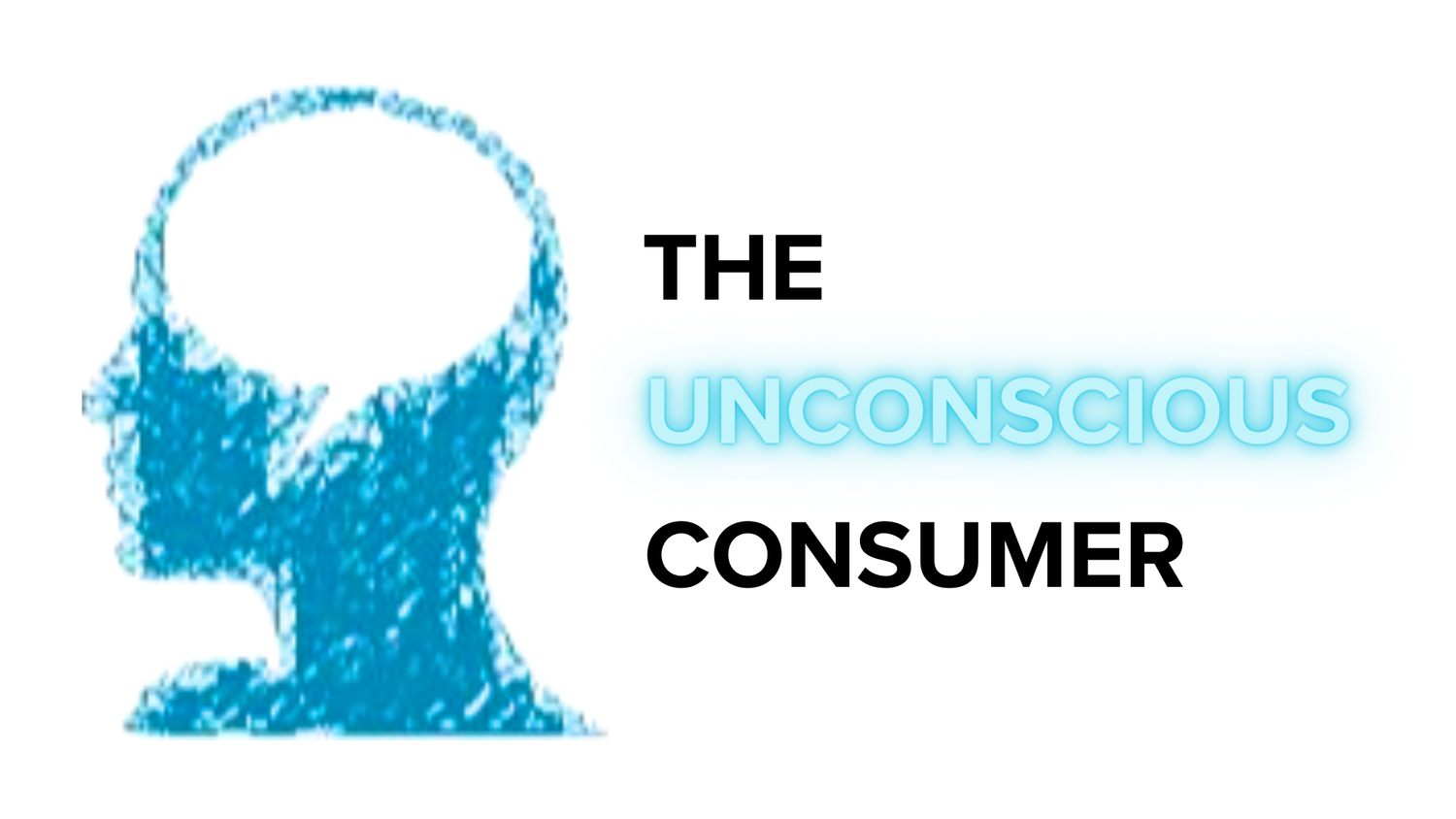The Comprehensive Guide to User Experience (UX)
1. Introduction to User Experience (UX)
Defining User Experience (UX)
User Experience (UX) is the holistic spectrum of an end user's interaction with a company, its services, and its products. Often misunderstood as purely aesthetic design, UX transcends visual appeal to embrace intuitive functionality, user-centered design, and satisfying user needs. By providing an effortless user interface (UI) and smooth interaction flow, UX is instrumental in fostering user satisfaction and brand loyalty.
Additional Sources: Nielsen Norman Group - The Definition of User Experience (UX)
The Importance of User Experience
In today's digital landscape, UX is more important than ever. It acts as the bridge between users and digital products, turning usability into a competitive advantage. A top-notch UX reduces bounce rates, improves customer satisfaction, and enhances user engagement, ultimately boosting conversion rates and driving business growth.
Additional Sources: Forbes - The Importance Of User Experience
2. Understanding the Elements of UX
User Research
User Research stands as the backbone of the UX design process. Through methods like surveys, user interviews, usability tests, and user persona creation, designers acquire in-depth insights into user behavior, needs, and motivations. This data-driven approach enables UX designers to devise empathetic, user-centric solutions that significantly improve digital product engagement.
Additional Sources: Interaction Design Foundation - User Research
Information Architecture (IA)
IA is the discipline of creating a structured digital environment. By effectively organizing, structuring, and labeling a product's information, IA guides users, helping them understand their surroundings within a digital space. IA is akin to a well-planned city map, offering users an intuitive guide to navigating the product's layout, contributing significantly to overall user satisfaction.
Additional Sources: Usability.gov - Information Architecture Basics
Interaction Design
Interaction Design focuses on creating engaging interfaces with well-thought-out behaviors. It encompasses the philosophy of simplifying and streamlining user interactions to be as enjoyable and intuitive as possible. This includes everything from button behaviors, swipe actions, animation, layout, and even sound design, all of which significantly influence a user's overall experience with a digital product.
Additional Sources: Smashing Magazine - What is Interaction Design?
Usability Testing
Usability Testing is an empirical, observation-based product evaluation method. By testing a product on actual users, designers can identify user pain points, navigation difficulties, and any other usability issues. This feedback allows designers to refine the UX design, making it more efficient, effective, and enjoyable, thereby elevating user satisfaction and retention.
Additional Sources: UserTesting - What is Usability Testing?
3. Best Practices in UX Design
Consistency
Maintaining consistency in UX design is key to delivering a seamless user experience. Whether it's consistent visual elements, navigation patterns, or terminology, consistency eliminates confusion, making your product predictable, user-friendly, and easy to navigate, all leading to enhanced user satisfaction and loyalty.
Additional Sources: Nielsen Norman Group - Consistency in UI Design
User-Centered Design
User-Centered Design (UCD) is an iterative process that puts users at the heart of design decision-making. This approach involves gaining a deep understanding of target users, their behavior, needs, and limitations. Designers then use this knowledge to design and refine from the user's perspective, resulting in a product that's truly designed for the user, dramatically improving user engagement.
Additional Sources: Interaction Design Foundation - What is User Centered Design
Clear Visual Hierarchy
Visual hierarchy is a design principle that influences the order in which users process information on a page. Through the strategic use of color, size, space, and contrast, designers can guide users' attention, aiding in intuitive navigation. A well-executed visual hierarchy helps users effortlessly understand the information flow, making your digital product more user-friendly.
Additional Sources: Adobe Blog - A Guide to Understanding Visual Hierarchy in UX Design
4. Future Trends in UX Design
Artificial Intelligence and Machine Learning
The integration of AI and ML into UX design is becoming increasingly prevalent. From predictive typing to personalized recommendations, AI and ML algorithms can analyze vast amounts of data to provide customized experiences, enhancing user satisfaction and engagement. As technology continues to advance, we can expect to see AI and ML further revolutionize the UX design landscape.
Additional Sources: Adobe Blog - AI and UX: A New Partnership for Modern Design
Voice User Interface (VUI)
With the rising popularity of voice assistants like Alexa and Siri, VUI is set to become a major trend in UX design. VUI provides a hands-free, eyes-free way of interacting with digital products, enhancing accessibility and convenience. As VUI technology improves, it's likely to influence the way designers approach UX, creating new opportunities and challenges.
Additional Sources: UX Design - Voice User Interface Design
Virtual Reality (VR) and Augmented Reality (AR)
VR and AR technologies offer exciting possibilities for UX design. They provide immersive, interactive experiences that can transform how users engage with digital products. Whether it's virtual shopping experiences or AR-enhanced educational apps, these technologies will continue to influence UX design, offering unparalleled user engagement opportunities.
Additional Sources: Interaction Design Foundation - Virtual Reality and Augmented Reality in UX Design
6. Conclusion: The Power of Good UX
Effective UX design transcends merely pleasing aesthetics; it's about understanding and catering to the user's needs and expectations. By incorporating user research, clear information architecture, intuitive interaction design, usability testing, and by staying updated with the latest trends such as AI, VUI, and AR/VR into your design process, you can deliver a user experience that not only satisfies but delights your users. As digital landscapes continue to evolve, the importance of user experience will only grow, serving as a critical factor in business success and growth.
Additional Sources: UX Planet - The Power of Good UX

